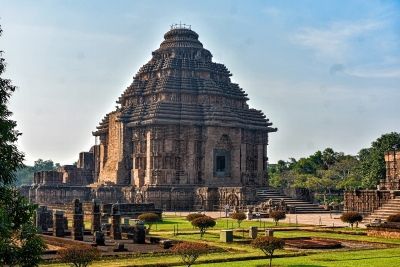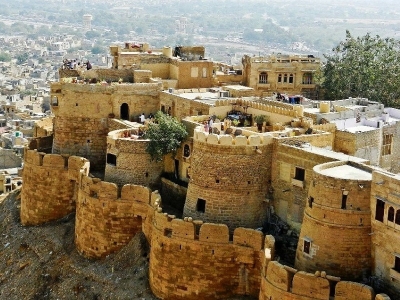What is the history of Sun Temple?

The loyal architect
The temple was built in the 13th Century King Narasimhadeva I of the Eastern Ganga Dynasty who was a worshipper of the sun god. The project was led by architect Bisu Moharana. It took 12 years to complete the temple using over 1,200 artisans. It is said that Moharana was so committed to the project that he did not even meet his son, who was born during this period, for 12 years. However, Moharana was unable to complete the temple during his time. It was his son who actually completed the temple by constructing its cupola.
A chariot
The Sun Temple is built to represent the chariot of the sun god. The chariot has 12 pairs of wheels drawn by seven horses. These pairs of wheels found at the base of the temple are said to represent the 12 months of the Hindu calendar. Some believe that the 24 wheels represent the 24 hours in a day. When it comes to the horses, they are said to represent the seven days of the week. The temple is also adorned with many intricate engravings.
Wheels of time
The wheels of the chariots are designed as sundials that can be used to calculate the time. Each wheel has eight spokes, representing three hours each. As the sun's rays fall on the wheel, the shadow of the spokes tell you the time. This is how time was predicted in ancient India. It is said that some experts can calculate the time accurately by just looking at the wheel!
The Black Pagoda
While today the Sun Temple is a little away from the shore, it was actually constructed on the shore. Over the years, the water receded. During its heyday, the temple was treated as a landmark for navigational purposes by European sailors. The sailors referred to the temple as the Black Pagoda due to the dark colour of the stone used.
A temple in ruins
The Sun Temple, as we see it today. is mostly in ruins. It is still unclear as to what caused the decline of the temple. When it was constructed, the temple had a main sanctum sanctorum, almost 229 feet tall. This is where the main idol of the sun god was kept. This sanctum fell in the year 1837, and the temple has remained without a sanctum sanctorum or a main idol ever since.
Picture Credit : Google
